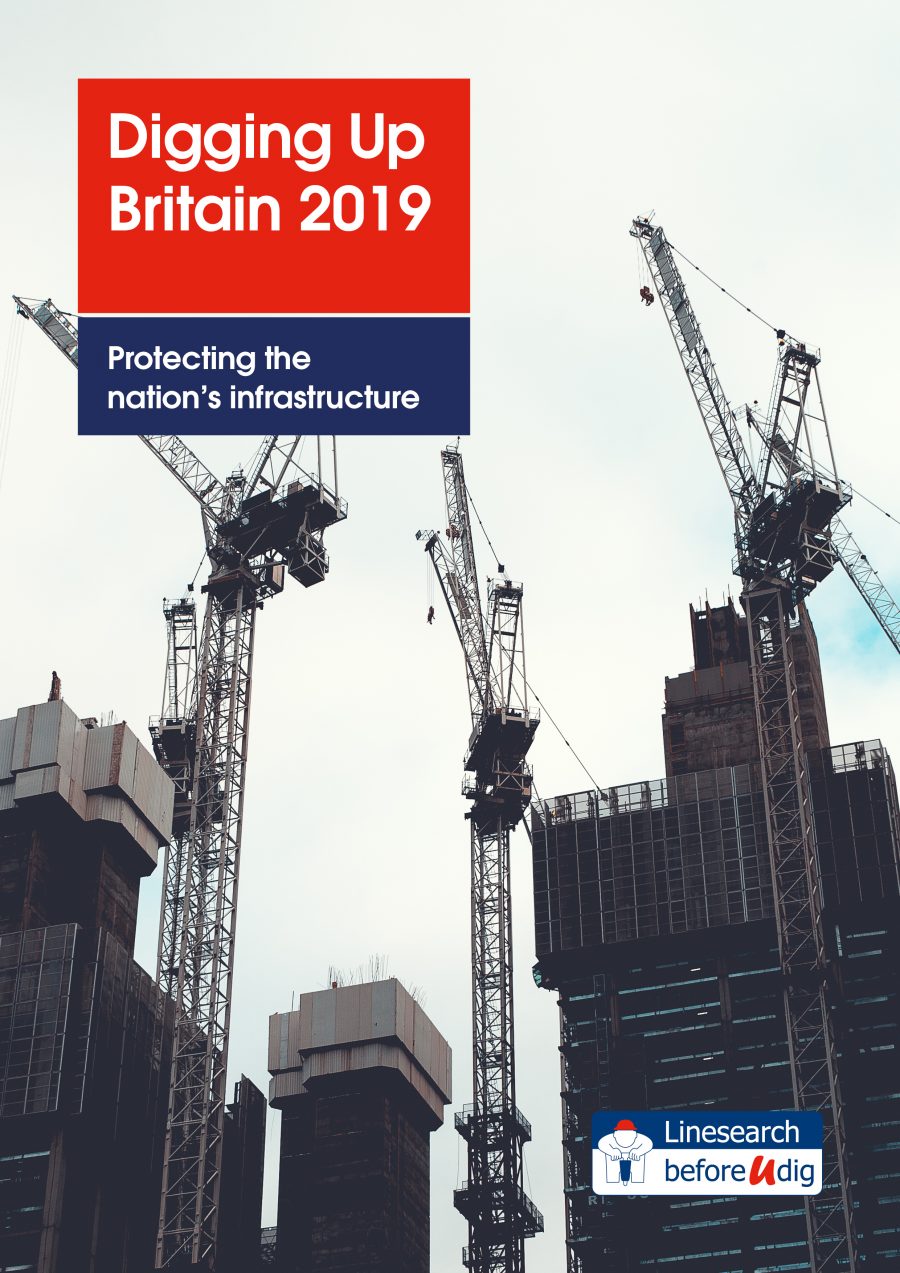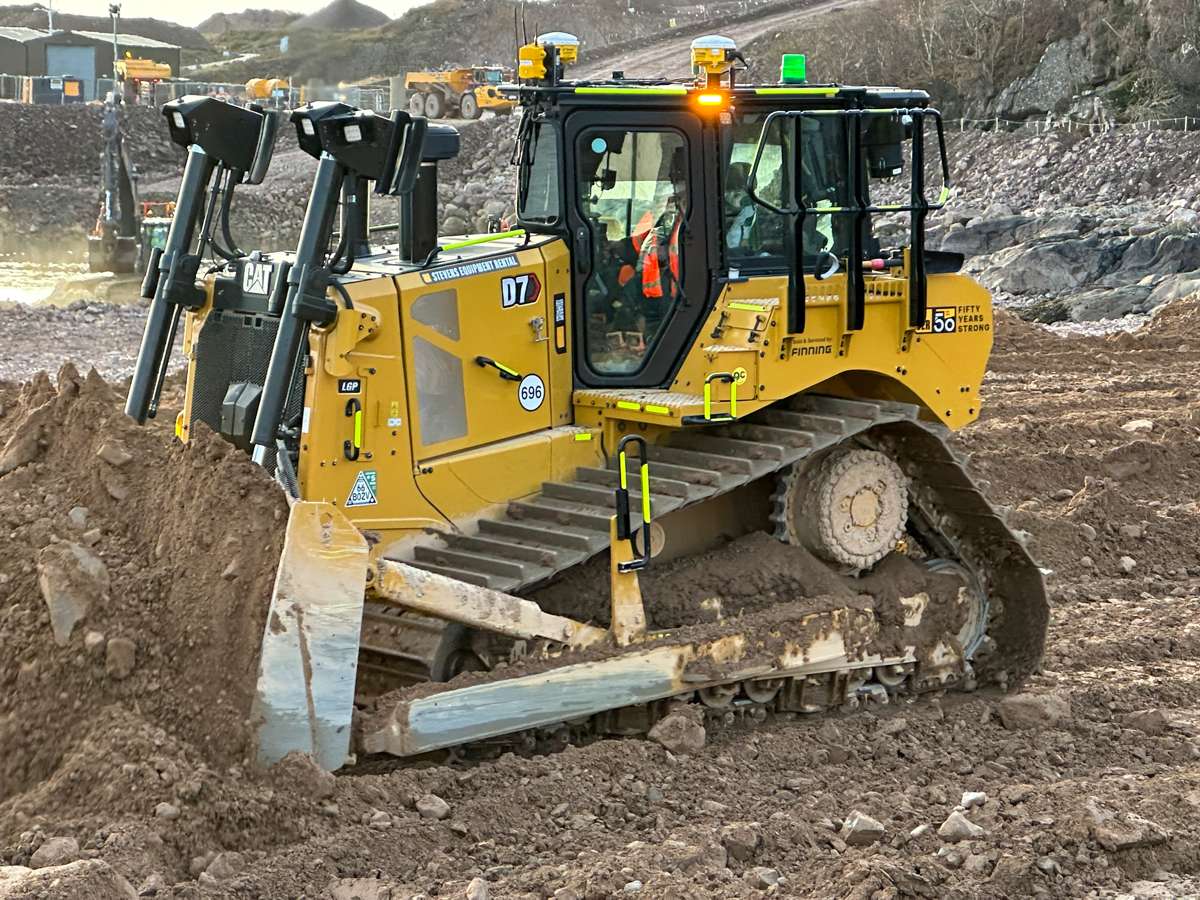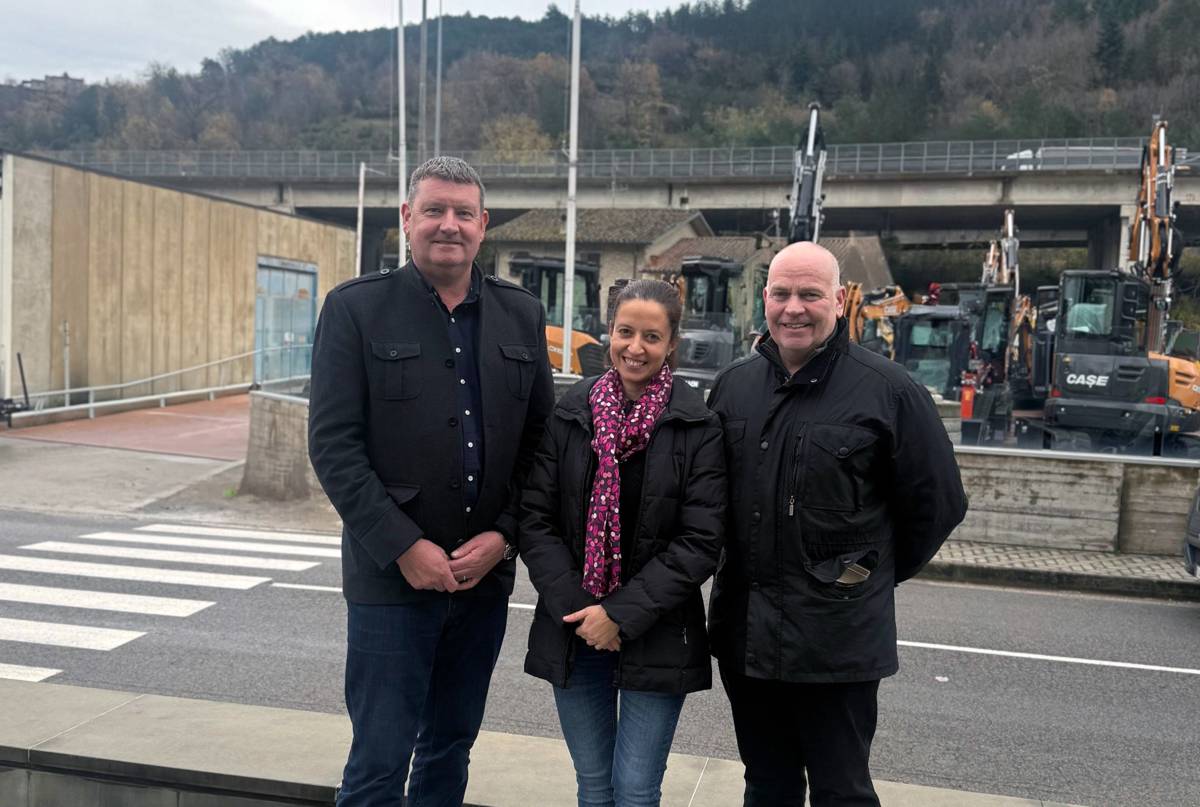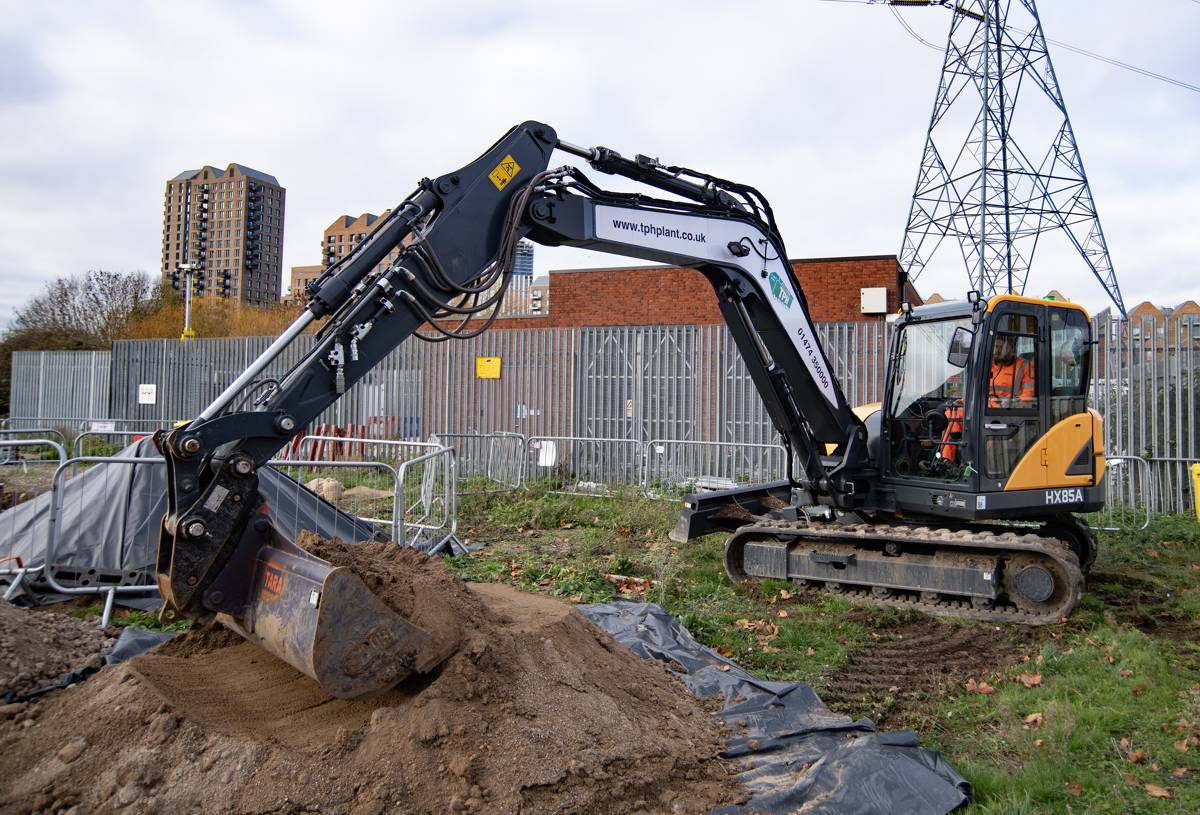Highways projects still putting the UK’s underground infrastructure at risk
A record 62% of all UK excavation work, including highways projects, is now preceded by a thorough search for underground infrastructure assets, such as pipes and cables, according to Digging Up Britain 2019.
The report by LSBUD (Linesearch BeforeUdig), which provides a free to use online asset search facility, shows that there were 2,585,862 searches made through its portal last year – a 14% increase on the previous year. As a result, almost a quarter of a million more potential asset strikes were averted.
Of the searches, 360,000 related to highways projects, an increase of 18% on the previous year. Almost four in ten (38%) were for the installation of street furniture, 18% related to road resurfacing, 13% were for linear projects, 3% for gully works and 1% for traffic calming measures. Interestingly, 3% of searches related to road/track construction projects, a significant 17% decrease on the previous year.
Despite the promising increases, the report suggests that more than 1.5 million projects out of an estimated total of 4 million – including those on highways – still took place last year without a detailed search for underground assets being completed. This equates to 38%, or a dig every 21 seconds.
Richard Broome, Managing Director of LSBUD, comments: “We have record numbers of searches going through our system – one every 12 seconds, and it is fantastic to see those working around the UK’s roads increasingly checking for any pipes or cables before they put a spade or digger in the ground. However, it is worrying that nearly four in ten projects are still being completed without a proper search – leaving workers and the UK’s utility infrastructure at risk.”
LSBUD’s report explores the costs of underground infrastructure asset strikes, sharing data from a study by the University of Birmingham. Factoring in indirect costs such as worker ill-health or injuries caused by a strike plus traffic disruption, impact on the immediate neighbourhood, loss of custom to local businesses and so forth, the true cost of an asset strike is 29 times the direct cost; for every £1,000 of direct cost arising from a utility strike the true cost is £29,000.
According to LSBUD’s study, the risk of such expensive asset strikes is being exacerbated by the growing volume of emergency work taking place. It reports that emergency enquiries increased by 88% last year. If these figures are indicative of what’s happening nationally, of the 4 million jobs completed, 216,000 were emergency related.
Richard Broome adds: “This spike in emergency projects is worrying. If an asset isn’t registered with our portal, the firm doing the digging will need to deal with the asset owner directly and that can take up to 28 days. This time scale does not fit with the idea of an ‘emergency’ – so corners may be cut, and assets struck due to the need for speed.”
LSBUD’s report bears this out, suggesting a strong correlation between the severity of a underground infrastructure strike and the nature of work being carried out – incidents are twice as likely to occur on jobs that are medium or high risk than on planned work.
Richard Broome, concludes: “Worker and public safety are obviously the primary concerns when an asset is hit, but beyond this the direct and the hidden costs can quickly escalate and that’s not to mention the damage to the contractor’s reputation in what’s often their local area. That’s why we urge all those involved in any form of highway projects to always conduct a search. It’s free, fast, we’ve the majority of the UK’s utility infrastructure registered with us and the figure is growing quickly. So there’s no excuse not to do so.
“We also encourage the remaining asset owners not on our portal to make their information available through us. There is a safety in numbers – the more information we have, the more people will use it, the safer the UK’s workforce and assets become.”
According to the report, of the UK’s 1.5 million kilometres of underground utility infrastructure, about 800,000 kilometres is currently covered by LSBUD’s collaborative portal; this is a 23% increase on last year.
Download your copy of the Digging Up Britain report here.





















